Industrialization is advancing decisively around the world, as seen in the numerous countries that started being considered as ‘newly industrialized countries’ in the late 2000s. The role of industries is widespread, and each industry tends to need different equipment. This article will be particularly focused on the types of filling machines, their growth potential, and the current market trend. Also, it will highlight important factors to consider when buying filling machines.
Table of Contents
Demand and market share for filling machines
Key tips to consider when selecting filling machines
Types of filling machines
Individual target markets for filling machines
Demand and market share for filling machines
The global market for filling machines stood at $5.38 billion in 2019 and is expected to reach $7.03 billion by 2027. It’s expected to increase in the coming years due to a number of reasons, including an increase in population. At the same time, the increased purchasing power in developing countries, as well as the development of the industrial sector, will contribute to this growth potential.
Key tips to consider when selecting filling machines
Cost
The cost of a filling machine could indicate its complexity and suitable use. A startup company may consider cheaper machines while a well-established business may consider more costly machines that handle bulky work easily. With as little as $400, businesses can get a suitable machine. Others may cost as much as $7000.
Filling speed
Businesses with bulky orders will definitely prefer fillers that are faster because time is of the essence. Depending on the type of filling machine, the filling speed may vary. A speed of 108 strokes per minute is optimum.
Filling material
Not all filling machines can fill any materials. There are filling machines specific for powder, others for less viscous fluid like water, and some suitable for more viscous fluids. A business should consider the material they want to fill before purchasing a filling machine. Fluids such as oil, juice, water, milk, creams/lotions are the most common materials used. However, powder-based materials are also commonly used by industries.
Container type
It allows for the correct choice of filler before a business purchases a machine. The most common types of containers used are bottles, ampoules, drums, bags, vials, and cans.
Productivity viscosity
This is the resistance of a liquid to deformation. Viscous liquids are better suited to be used on gravity or overflow fillers because they flow slowly. Liquids such as water can use automatic fillers.
Fill principle
Based on the need of the business, there is a need to choose between volumetric filling or fill-level filling machines.
Cleaning changeover
This refers to changing the product being filled. Many filling machines claim to require no disassembly before cleaning and changing over. However, most of this is usually incorrect. Businesses will need to factor in time and labor in the event of changing over to a different product
Types of filling machines
There are several types of filling machines. Listed below are their features and their pros and cons.
Liquid filling machines
Liquid filling machines are also known as liquid pressure filling machines. They fill by using the weight of the liquid.
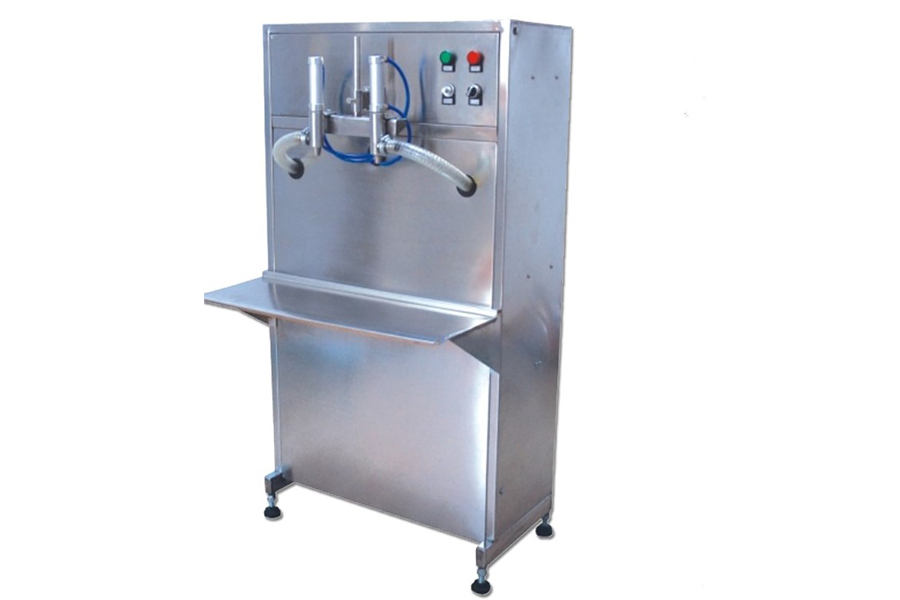
Features:
- They have a mechanism that fills only when there is a bottle.
- Users can adjust the mechanism to bottles of different sizes without replacing parts.
Pros:
- It’s easy to control the exact amount of liquid to be filled in gallons.
- They’re easy to operate.
- They’re affordable.
Cons:
- They’re only suitable to fill liquids and cannot fill powders or grains.
- They require an operator.
- They’re not suitable for large volumes of liquid.
Powder filling machines
Powder filling machines are used to fill powdered products. They’re used mainly in pharmaceutical industries to increase efficiency and achieve high productivity.
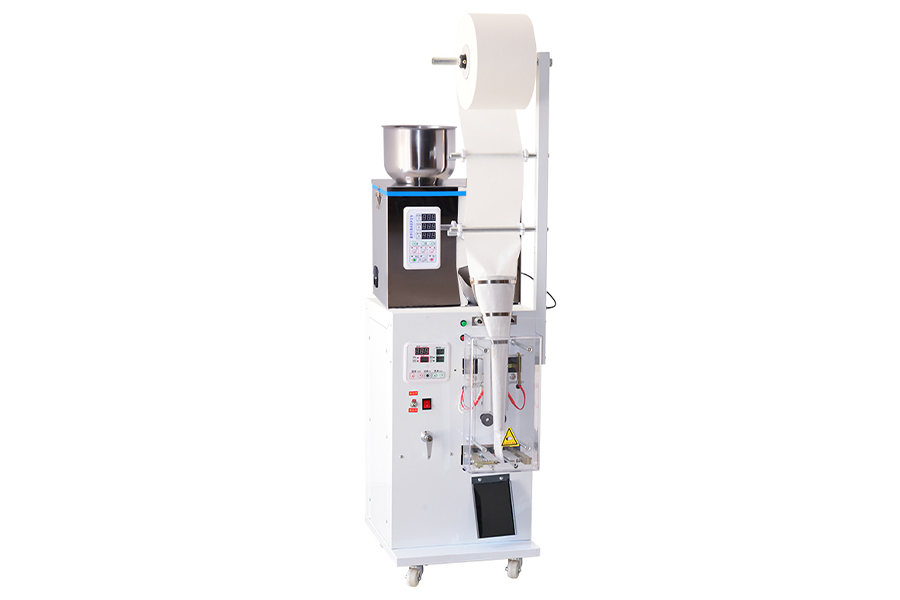
Features:
- They have a spiral feeding and light detecting technology for enhanced accuracy.
Pros:
- They’re fast and accurate compared to doing the work manually.
- They’re versatile. You can fill any bottle/capsule from one machine.
Cons:
- They’re expensive to implement because of the technology they use.
Vibratory weigh filling machines
Vibratory weigh filling machines have multiple vibrating trays to dispense products into a weighing bucket. They’re very useful in chemical industries.
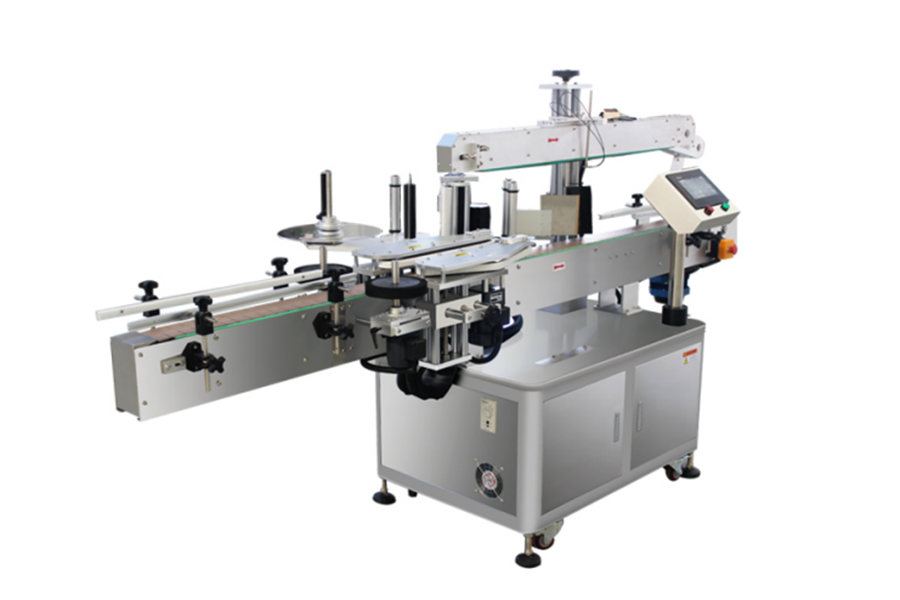
Features:
- Stainless steel contact parts
- PLC touch screen controls
- They can have 2 filling channels feeding one fill head or four filling channels funneled into 2 filling heads.
Pros:
- They’re easy to operate.
- They offer high precision.
- Their filling weighing accuracy is over 99.7%.
Cons:
- They’re costly to acquire, operate and maintain.
- They’re very specific in the materials to fill. They can’t be converted to fill liquids.
Positive displacement pump filling machines
Positive displacement pump filling machines are suitable for use with viscous liquids such as lotions, shampoos, gels, honey, and creams.
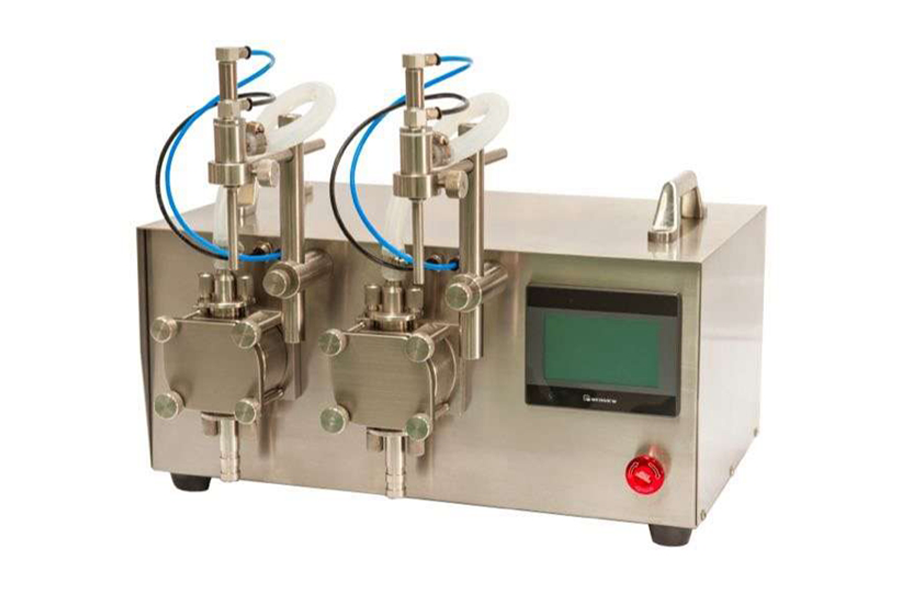
Features:
- They have a positive displacement pump head that handles a wide array of substances.
- They move fluid by repeatedly enclosing it in a space and mechanically moving it using pistons, screws, etc.
Pros:
- They’re suitable for highly viscous liquids.
- They can operate at high pressures.
- They’re accurate especially when metering is a consideration.
Cons:
- They’re more difficult to handle, maintain and operate.
- They cannot handle low viscous fluids.
Individual target markets for filling machines
This industry is expected to grow to $7.03 billion by 2027 with a projected CAGR of 3.4%. The Asia Pacific region has dominated this sector and is expected to continue with its dominance. The manufacturers in Europe develop high-quality and technologically advanced filling machines making those from the Asia Pacific an economical choice for end-users. In fact, leading companies are considering expanding into countries in the Asia Pacific region.
Conclusion
This article will help in picking suitable filling machines. There is no doubt that it’s easy to get confused about which one to pick. We also covered the factors that are to be considered when shopping for a filling machine as well as the projected growth in different regions. Head to the Alibaba.com filling machines section for more detailed information on filling machines.
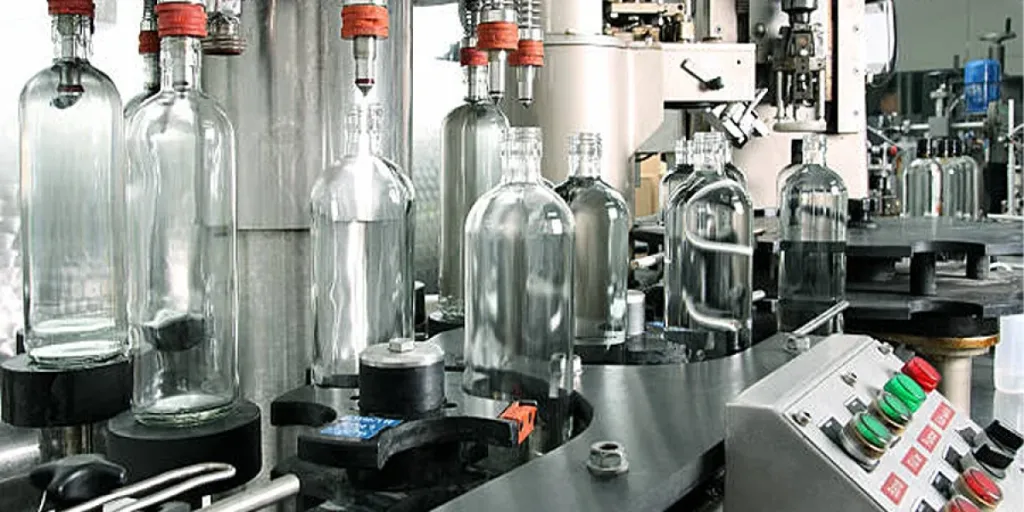




Me parecen excelentes sus productos y la responsabilidad con que trabajan.
I recently came across your blog post on strapping machines, and I must say, I’m impressed! As someone who works in the packaging industry, I understand the importance of finding the right equipment to streamline operations and enhance efficiency.